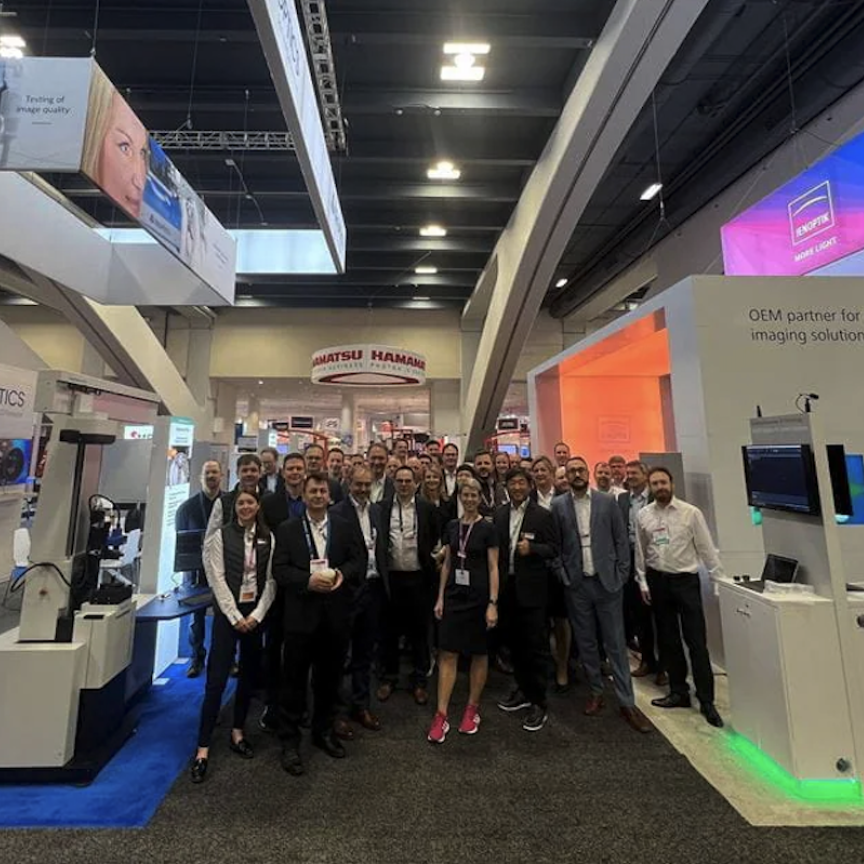Naveen Balla, Technical Marketing Engineer at Hamamatsu Photonics, discusses the advantages and challenges of using laser technology for encapsulation processes, essential to protect sensitive electronic components from environmental factors like water and oxygen. Laser-based thermal encapsulation offers several advantages over oven-based thermal encapsulation, such as minimal levels of heat exposure to encapsulated components and the ability to contour any shape along intricately designed packages with unparalleled precision. However, the article highlights certain limitations and offers potential solutions.
Many of the products we use daily contain batteries, intricate electronic and optoelectronic components, such as computer screens or smartphones. Another common example is the modern car with its elegant interiors, interactive displays, modular lighting, and ADAS sensors. The rapidly growing photovoltaics industry which is playing a major role in meeting the world’s environmental targets is also an apt example here. There is a commonality among these products: our expectation that they function without failure over extended periods and regular usage while being subjected to a variety of ambient conditions.
Protection for optical components
Components such as batteries, organic conductors, semiconductors, electronics, and optoelectronics can be easily damaged by water (humidity) or oxygen and therefore must be protected against these environmental factors. Manufacturing processes involve sophisticated packaging or encapsulation steps where the sensitive components are enclosed with casings made from polymers, glass, metal, and ceramics which act as barriers to air and humidity.
The enclosures must be bonded/sealed together with sensitive components inside them. Thermally-assisted sealing is one of the most popular encapsulation techniques wherein a thermosetting or thermoplastic material is applied along the contact edges of the enclosures and heated to set temperatures. The sealant melts, joining the enclosures, and transforms itself into a barrier against environmental elements. Most of the thermally assisted encapsulation utilises ovens for processing large batches of products. Yet, laser-based thermal encapsulation offers some convincing advantages over oven-based thermal encapsulation.
Additionally, the rest of the encapsulated components are exposed to minimal levels of heat when compared to oven-based processing. This means products containing thermally sensitive components can be encapsulated safely because they won’t be exposed to high temperatures.
When we combine the ability of lasers to focus into small spots with beam manoeuvrability and beam shaping in close coordination with mechanical systems, the encapsulation of products with fine features and elaborate shapes becomes a reality. Laser beams can contour any shape along intricately designed packages with unparalleled precision. The advantages of laser-based thermal encapsulation provide engineers with the incentive to realise designs that were earlier considered not suitable for oven-based thermal encapsulation.
Another feature is that their power can be controlled almost instantaneously. It can be used in designing high-speed feedback systems or when synchronising systems along the production line for higher levels of automation. In other words, laser technology is inherently compatible with Industry 4.0.
Limitations to the use of lasers in thermal encapsulation
However, there are limitations to the use of lasers in thermal encapsulation. The laser beam must reach the sealant and sometimes it means passing through enclosures. In such designs, at least one of the enclosures should be transparent to the laser wavelengths employed.
Another important factor for users is knowing the throughput since laser-assisted thermal encapsulation is done one product at a time. It is difficult to quote precise numbers because it depends on the integration of lasers into product lines. Present-day lasers have enough power (100s W to a few KWs) for high-speed encapsulation. At the integration level, there are multiple solutions. For example, laser beams can be shaped to perform a multi-point encapsulation to increase throughput. Another option is to employ multiple lasers for parallel processing. Therefore, throughput concerns can be addressed by working closely with integrators who have expertise in laser processing.
Taking into account the novelty of laser processing in thermal encapsulation processes and end users’ concerns, Hamamatsu Photonics has developed internal process know-how by working closely with stakeholders in the value chain to provide optimal laser-based solutions. Hamamatsu Photonics offers a series of fibre-coupled laser systems1 for high-precision applications which include thermal encapsulation below.
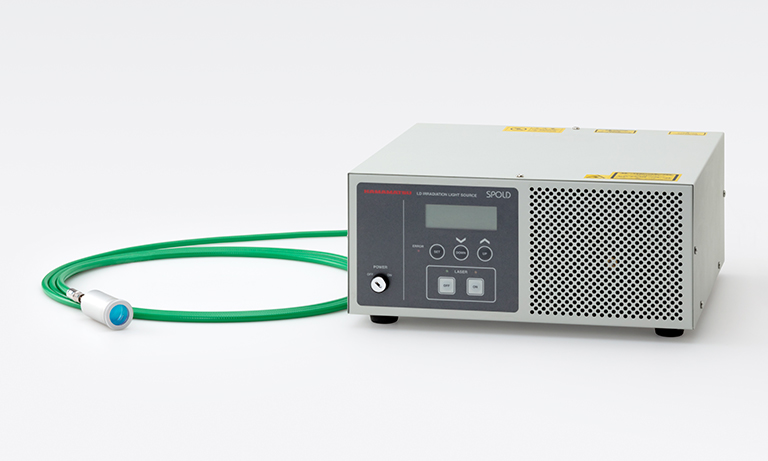
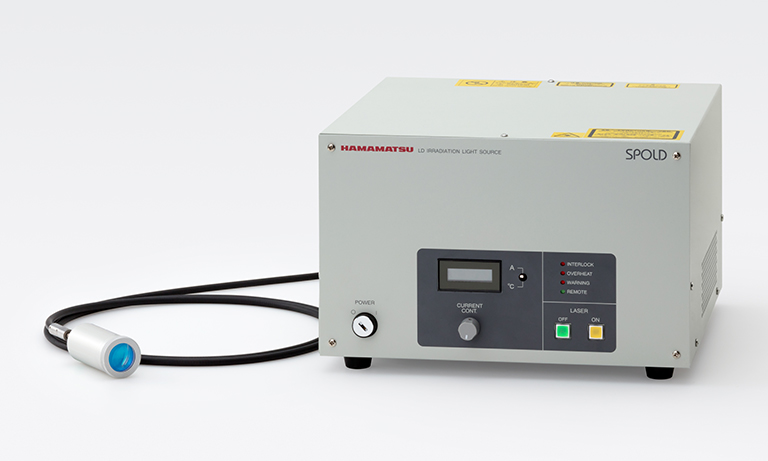
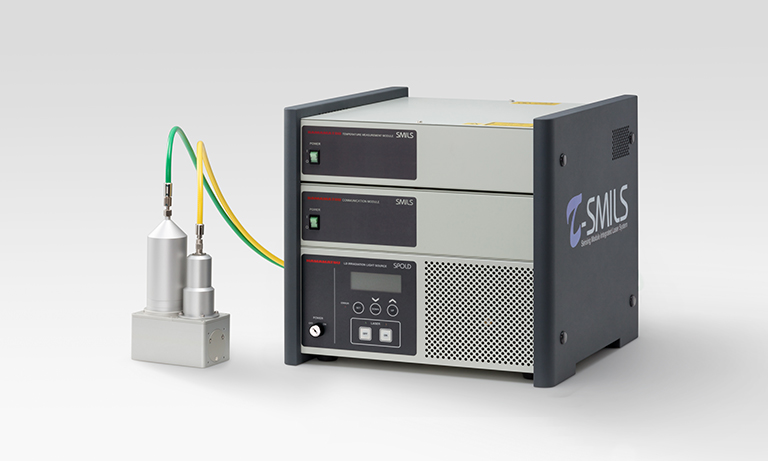
Fibre-coupled laser systems from Hamamatsu Photonics with different value-added features: SPOLD®, Laser Heating System L16470/ L16480, T-SMILS®
The essential components of these laser systems are manufactured in-house which increases the scope of customisation to meet customers’ requirements. Value-added features like temperature monitoring of the processing point, built-in control programs to maintain process temperatures within customer-set limits, and different beam shapes via changeable optical attachments are available as off-the-shelf products.
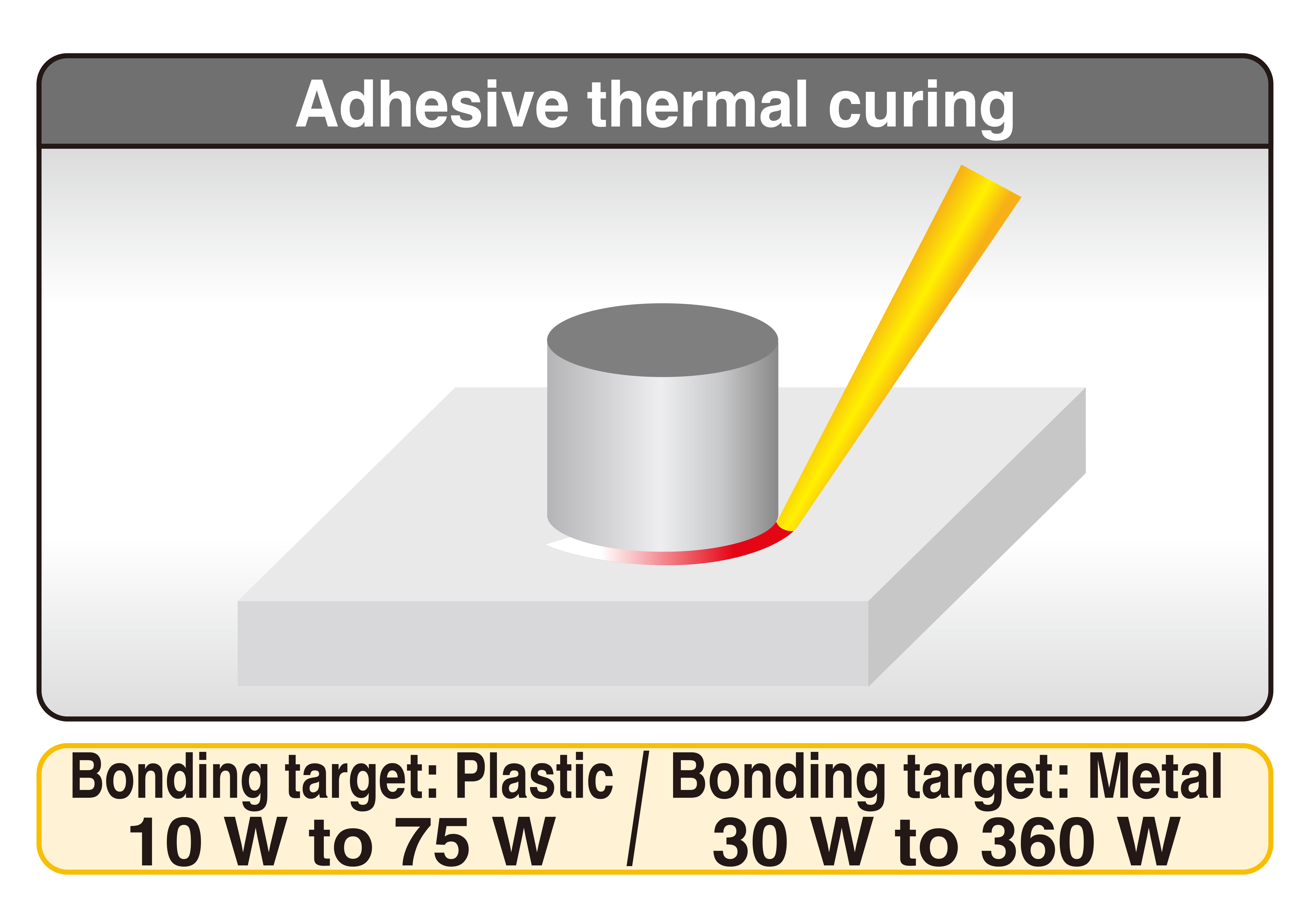
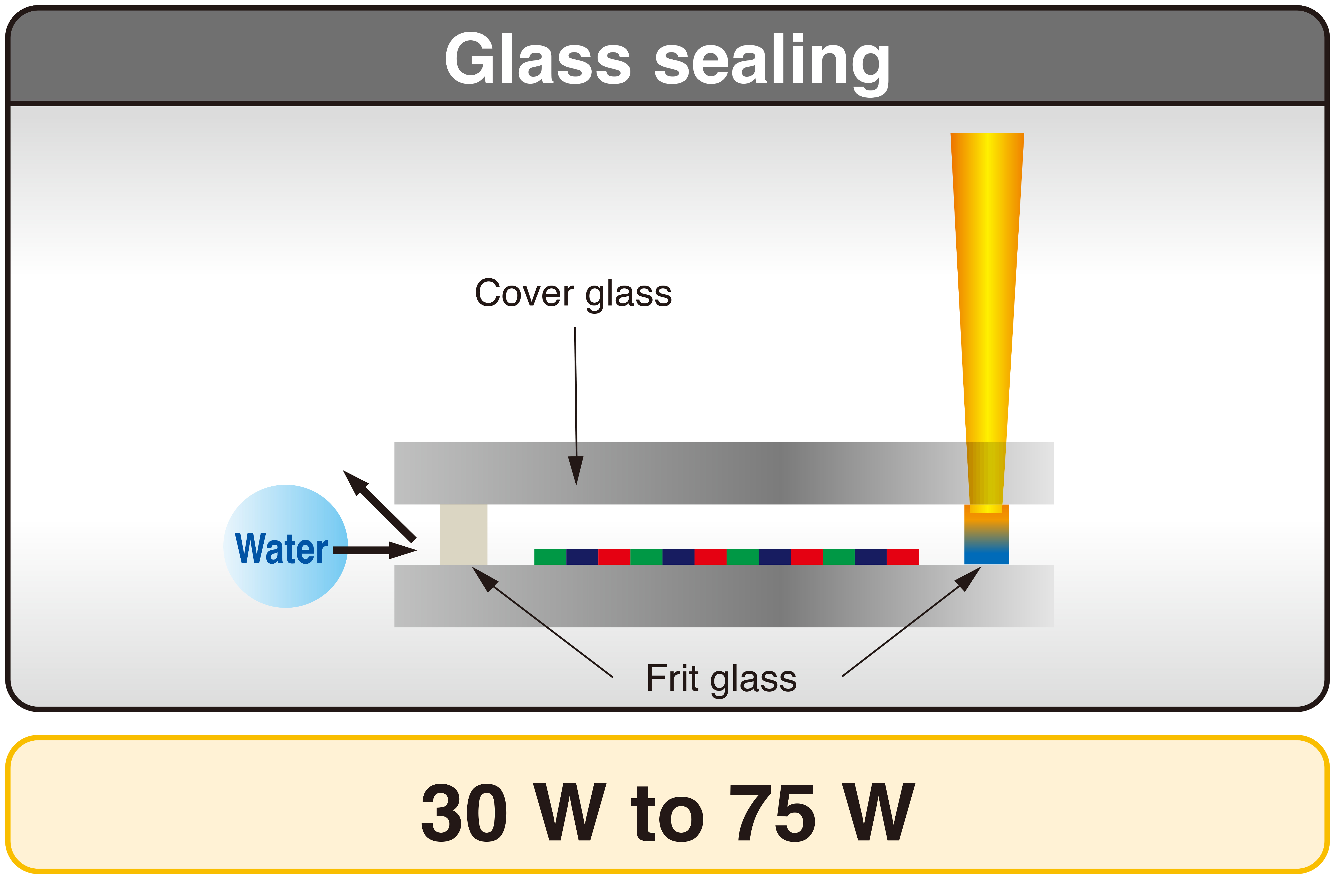

Figure 1: Examples of encapsulation and bonding applications from Hamamatsu Photonics
Hamamatsu Photonics has also tested its laser systems for thermal encapsulation2 using double-sided tapes (both dark and transparent), thermosetting resins, and frit glass to identify process parameters (Fig. 1) that customers can use to get an early start and quickly find the best parameter set for their respective applications.
For laser-assisted thermal encapsulation to fully unleash its potential, material suppliers, integrators, and laser suppliers should work towards solutions
in consultation with end-users. Hamamatsu Photonics has achieved success in doing so in Japanese markets and is expanding this experience to its customers in Europe. Our engineers are keen to assist you by providing solutions that directly meet your needs.
Please contact us at info@hamamatsu.eu or if you prefer to meet in person, come to one of our 12 offices across Europe or at industry tradeshows4.
References
1 www.hamamatsu.com/eu/en/product/lasers/applied-products-of-semiconductor-lasers.html
2 www.hamamatsu.com/eu/en/product/lasers/applied-products-of-semiconductor-lasers/laser-heating-system/ L16480series.html
3 www.hamamatsu.com/eu/en/our-company/global-organizations/europe-middleeast-africa.html


